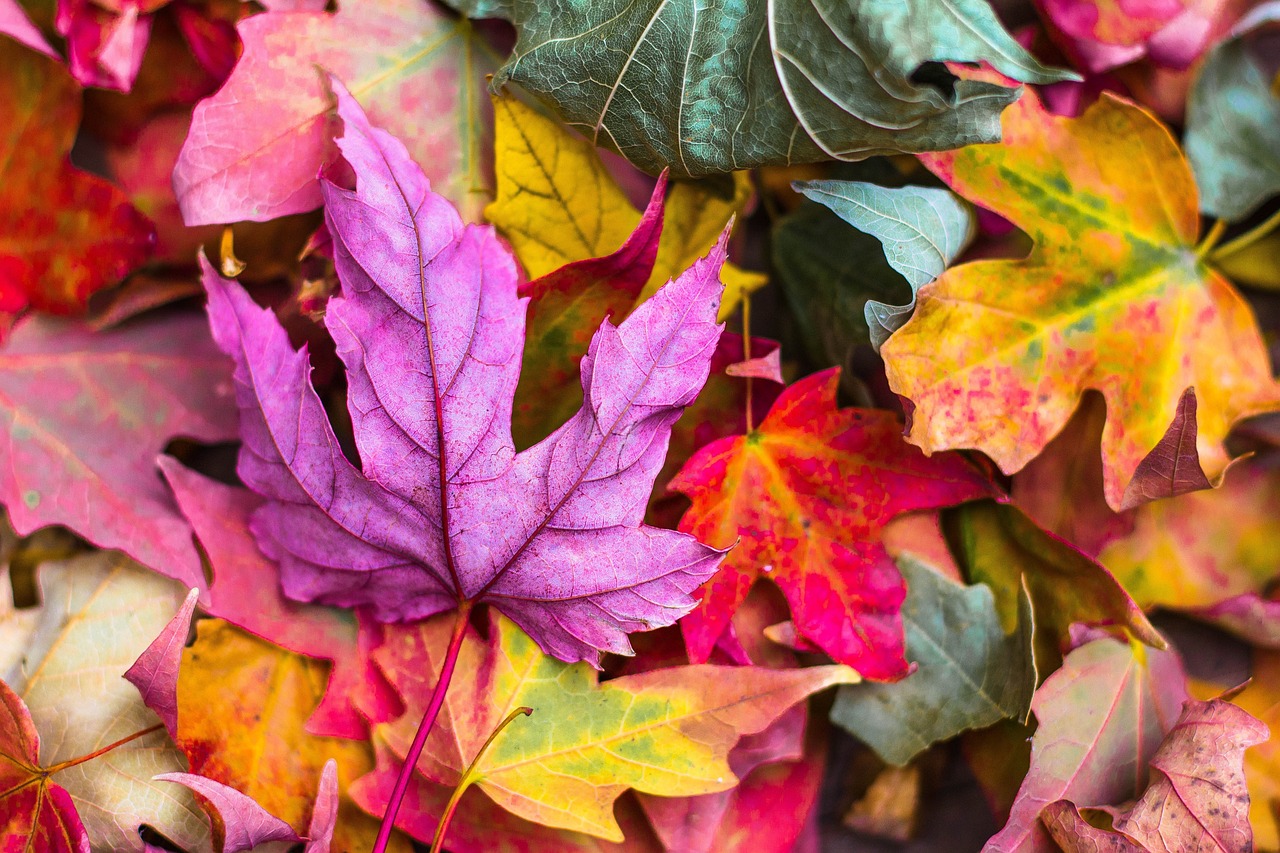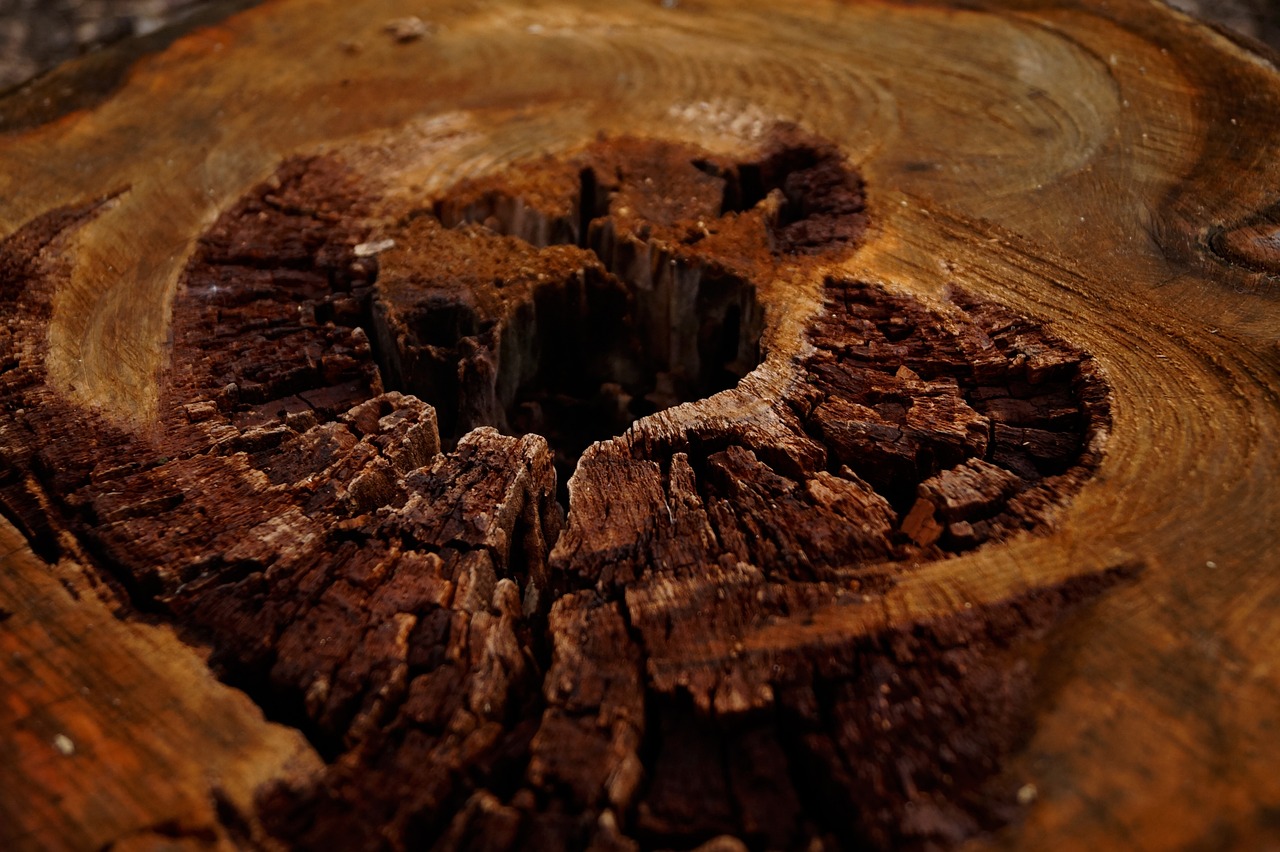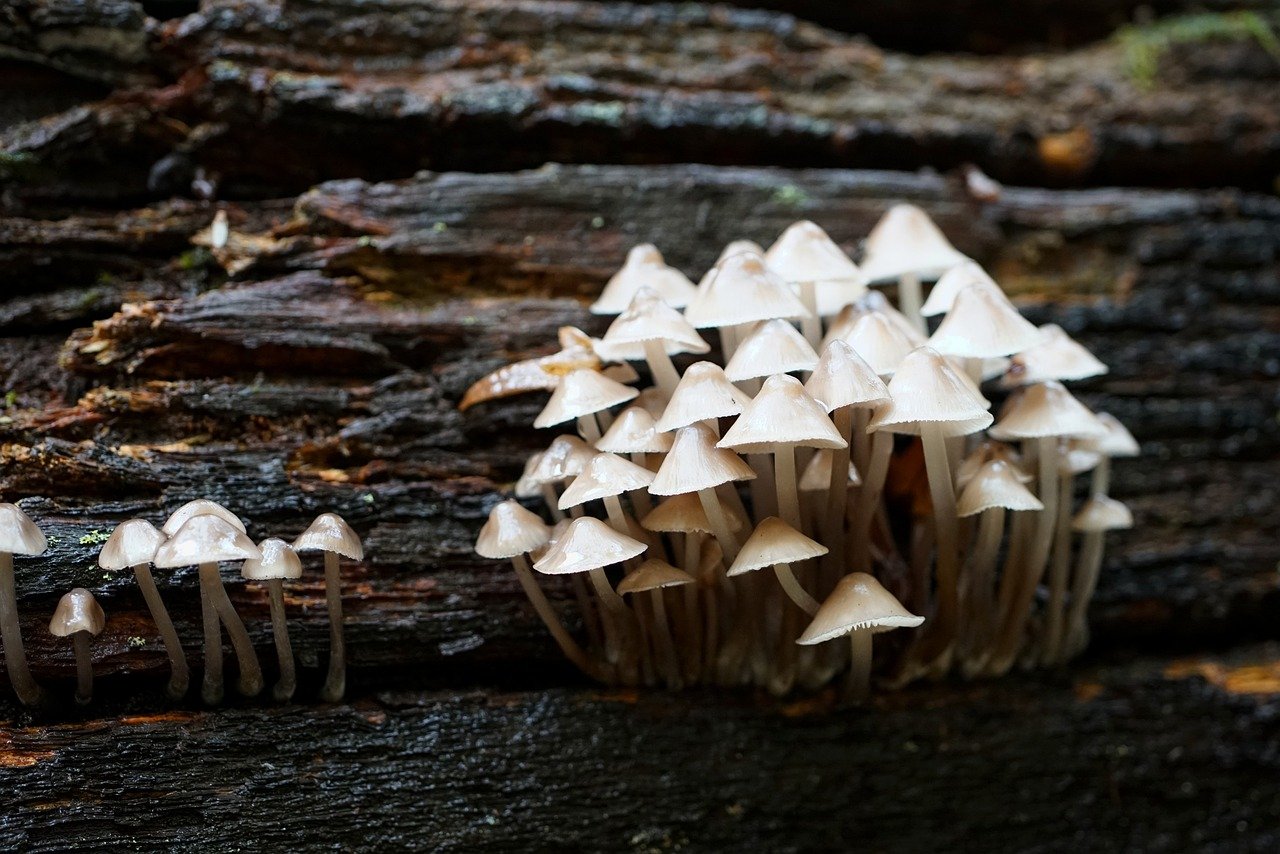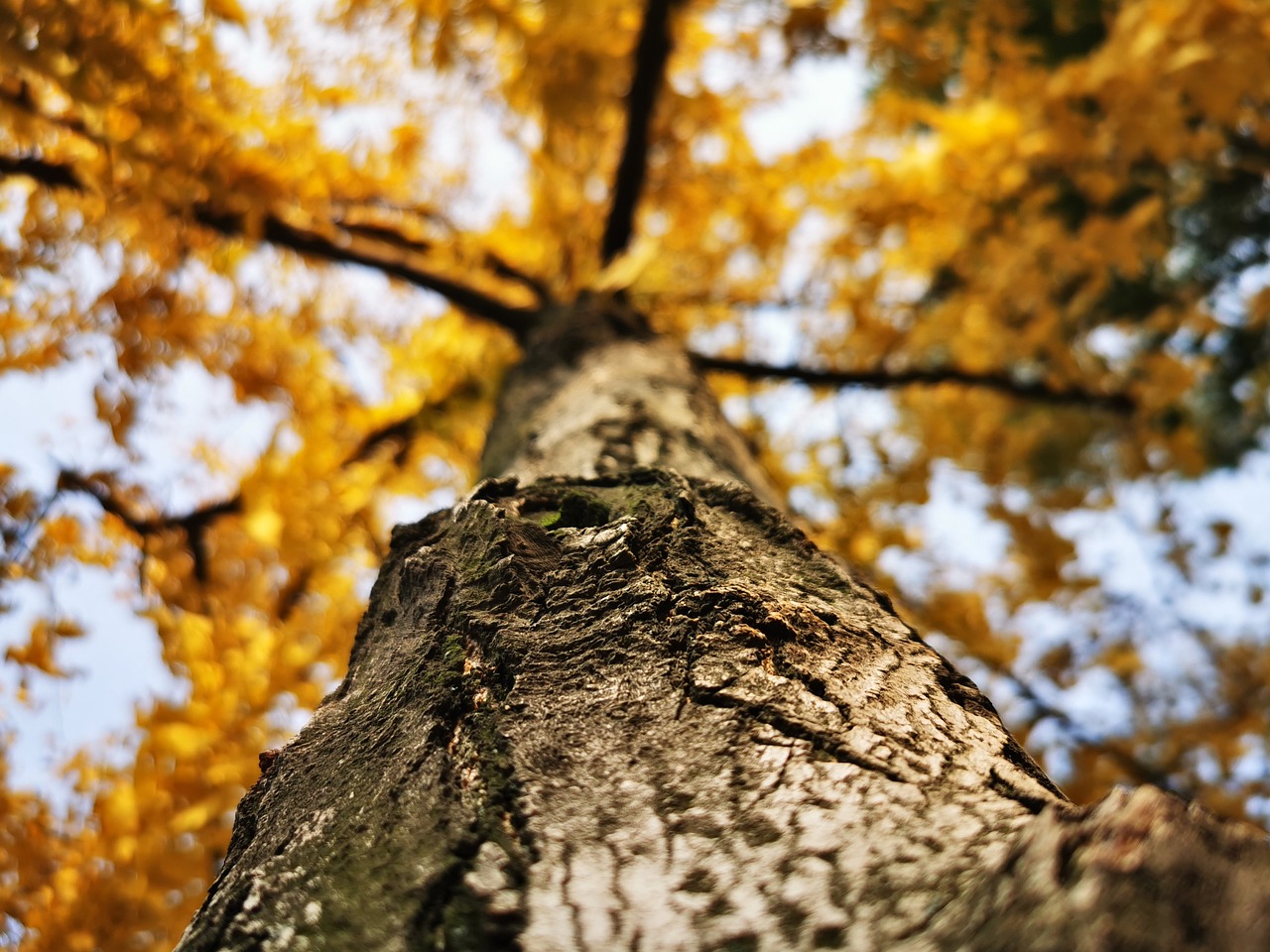A healthy garden is a joy for many homeowners, but it can be challenging when you have a sick tree.
They provide shade, improve air quality, and add beauty to your landscape, but like all living things, they can suffer from diseases, environmental stress, and aging. Recognizing the signs of a dying tree early on can make a significant difference in preventing its demise and safeguarding the rest of your garden.
In this blog, we’ll explore the key indicators of a sick tree and provide you with practical steps to address these issues, ensuring your plants remain healthy and robust for years to come.
1. Leaf Behavior and Appearance
Wilting and Discoloration
One of the most obvious signs that your plants are in distress is when their leaves begin to wilt or change color out of season. Leaves might turn yellow, brown, or even black. Most of the time this could be due to a variety of seasons, but sometimes there's a deeper reason that can be a potential problem.
Your favorite gardeners have an article special for the importance of the leaves and all you need to know about them, so you can know when your plants are well or not. Just visit our blog page for more!

Premature Leaf Drop
If your tree starts shedding leaves well before autumn, this is a red flag. Healthy trees typically lose leaves in the fall, so if this process starts prematurely, it might indicate that the tree is struggling to sustain its foliage. Understanding the natural cycle of your plant species is important, as some of them do have different shedding periods. However, a significant deviation from the expected pattern is usually cause for concern.
Possible Causes
- Water Stress: Both drought and overwatering can stress a tree, leading to early leaf drop. Ensure your tree is getting the right amount of water by checking the soil moisture regularly.
- Nutrient Deficiencies: A lack of essential nutrients can weaken a tree, making it difficult for it to maintain its leaves. Conducting a soil test can help identify any deficiencies that need to be corrected with appropriate fertilization.
- Pest Infestations: Insects such as aphids, beetles, and caterpillars can damage leaves, causing them to fall prematurely. Inspect your tree for signs of pest activity and consider using natural or chemical treatments to manage infestations.
- Diseases: Fungal and bacterial infections can lead to leaf drop. Diseases like anthracnose, leaf spot, and powdery mildew can cause leaves to die and fall off. Look for symptoms such as spots, discoloration, or mold on the leaves and consult an arborist for treatment options.
- Environmental Stress: Extreme weather conditions, pollution, and physical damage can stress a tree, leading to premature leaf drop. Protect your trees from harsh weather and pollution when possible and avoid damaging the trunk and roots during landscaping activities.
Sparse Foliage
Pay attention to the density of the leaves. A thinning canopy or areas with no leaves at all can suggest that parts of the tree are dying. This is often caused by disease or poor health in the roots.

2. Bark and Trunk Condition
Cracks and Splits
Inspect your dying tree's trunk for cracks and splits. While some splitting can be normal, extensive or deep cracks can be a sign of severe stress or structural weakness. These fissures can make the plant vulnerable to pests and diseases.
If the mission is a healthy and beautiful garden, well Urban Gardeners are your perfect choice. Call us to ensure your next garden service!
Bark Peeling or Missing
Healthy bark should be intact and attached to the tree. If you notice bark peeling away or large sections missing, it might indicate a dying tree. This could be a result of fungal infections, insect infestations, or physical damage.
Fungi and Mushroom Growth to Your Sick Tree
Did you know that fungi can be a potential reason for a sick tree?
Well, fungi growing on the trunk or at the base of the plant is a clear sign of internal decay. Mushrooms, in particular, often indicate rot within the dying tree, which compromises its structural integrity.

And because we know that you need all the information for every aspect of gardening, we already have what you need. Our article on mushrooms and everything about them is more than enough to prepare you for different situations with fungi.
3. Branch Health
Dead or Brittle Branches
To ensure the branch's health, you need to check if they are dead or brittle. A healthy tree should have flexible branches with green tissue inside. If they break easily or are dry and brittle, this could indicate that the plant is not getting enough nutrients.
Your favorite Urban Gardeners keep more information about everything you want to know about your outdoor space on our blog page, so don't wait any longer and go read it!
Garden advices
Planting
Garden advices
Planting
22
September
15
September
08
September
Absence of Buds
In spring, trees should start to produce buds. If there is a lack of buds or if they are small and undeveloped, your sick tree could be struggling to grow and regenerate. Always keep an eye to your plants to ensure their health.
Hanging or Fallen Branches
Branches that fall without a storm or significant wind could be also a sign of a dying tree. A healthy one should be able to hold onto its branches unless external forces intervene.

For all the beginners, don't worry! Your favorite Urban Gardeners are here to help with every process of gardening, so you can provide the best result! You can ensure by checking our Instagram page where we update all of our projects.
How to Address a Dying Tree?
- Consult a Professional: If you notice any of these signs, it’s best to consult with a certified arborist. They can diagnose the issue and recommend the best course of action, whether it's treatment, pruning, or in severe cases, removal.
- Proper Watering and Mulching: Ensure that your tree is receiving adequate water, especially during dry spells. Mulching around the base can help retain moisture and protect the roots from temperature extremes.
- Nutrient Management: Fertilize your tree appropriately to ensure it gets the necessary nutrients. Soil testing can help determine any deficiencies that need to be addressed.
- Pruning and Maintenance: Regular pruning helps remove dead or diseased branches and promotes healthy growth. It also improves air circulation and reduces the risk of pest infestations.
Conclusion
By staying vigilant and addressing any issues promptly, you can help ensure the health and longevity of the trees in your garden. Remember, a healthy tree not only enhances the beauty of your landscape but also contributes to a healthier environment.
Your favorite gardeners know exactly how to deal with every problem. From soil preparation and maintenance to turfing, decking, and garden clearance, we provide the best services in South East London!


0 comments